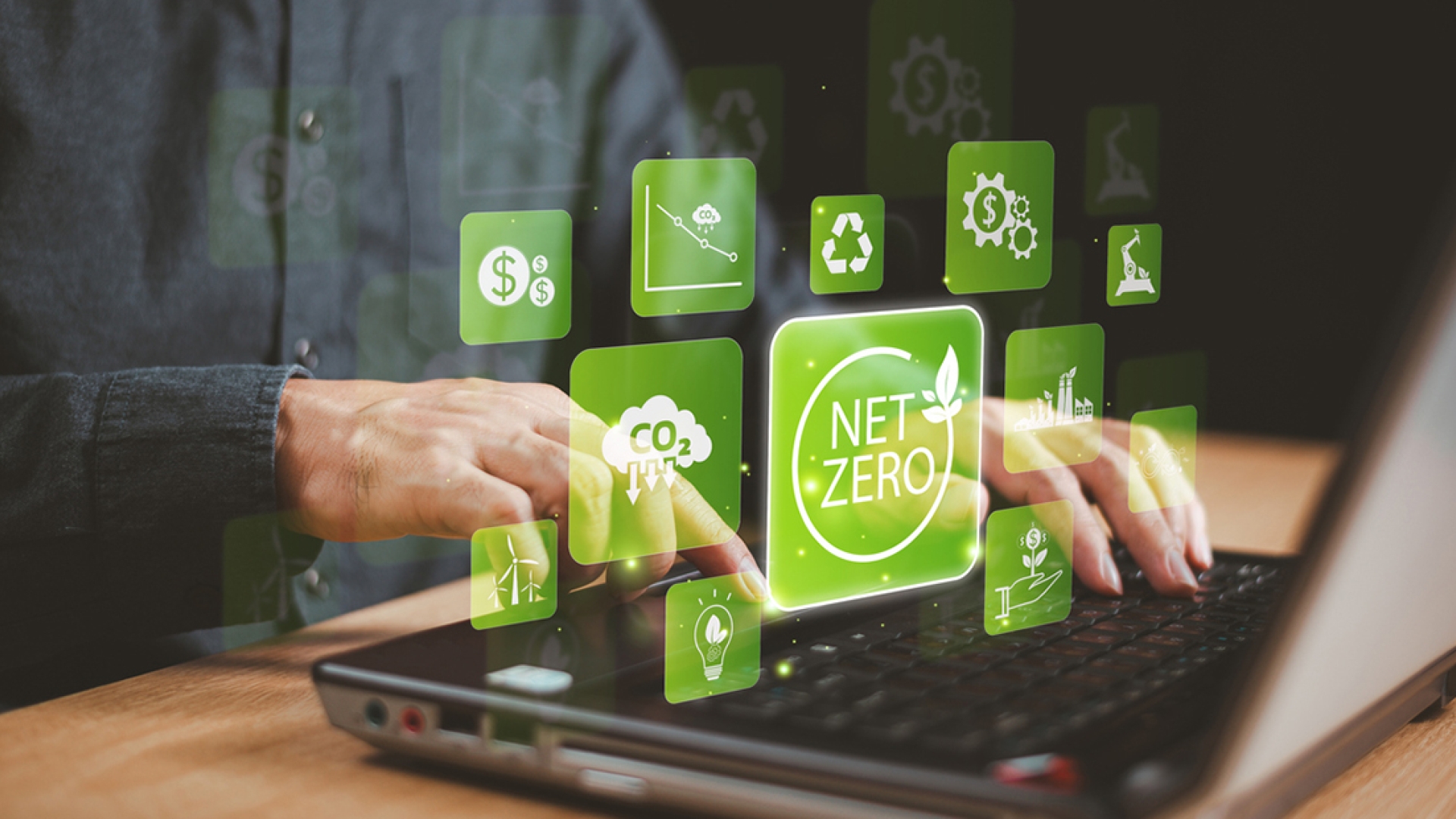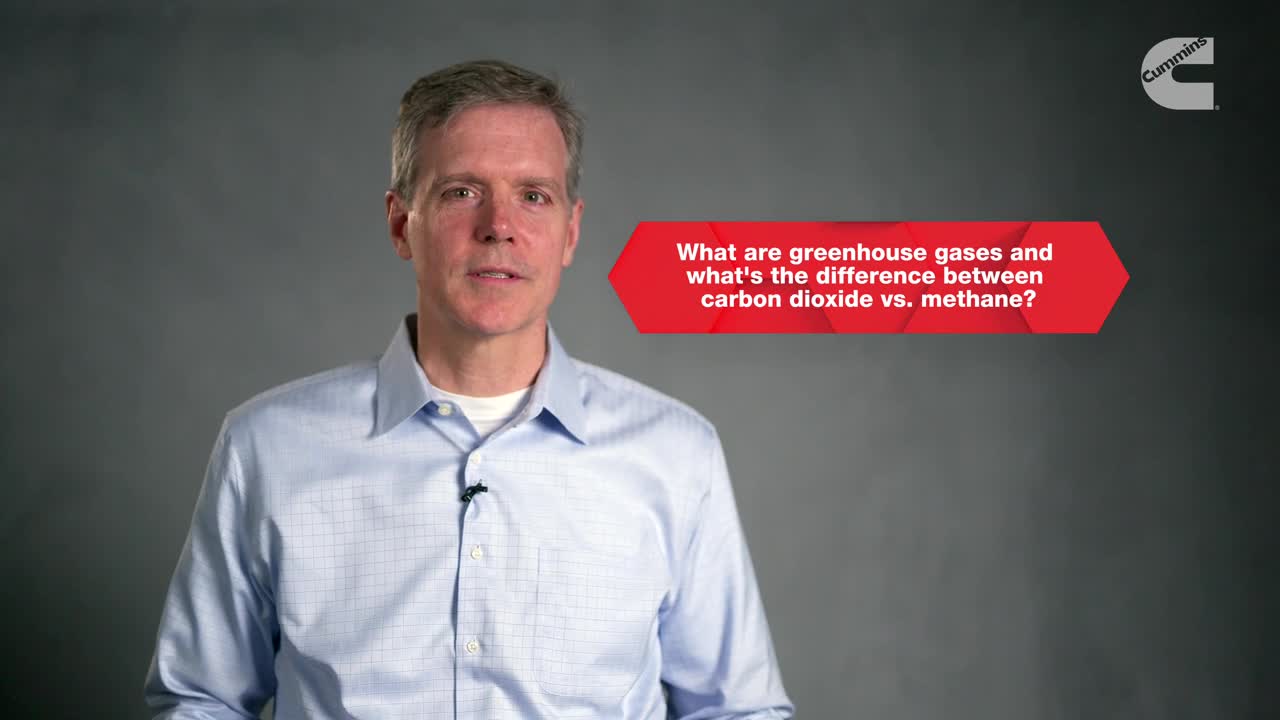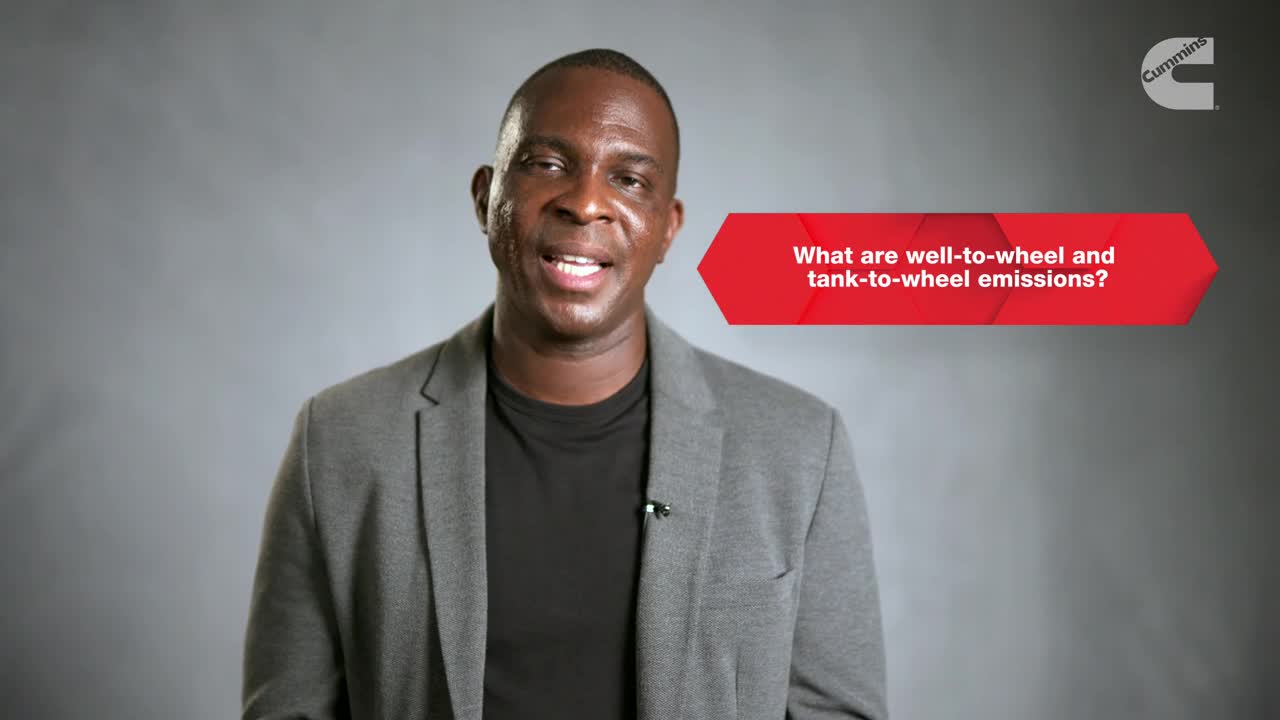Your guide to getting all the environmental terms right
By Cummins Inc., Global Power Technology Leader

As the transportation industry navigates through the energy transition and works to decarbonize fleets, power generation assets and businesses, certain terms have become vital to our environmental discussions. Knowing the main environmental terms is important to fully understand this journey and talk about it effectively. Let's look at some of these important words.
What are GHG and criteria pollutant emissions?
Criteria pollutant emissions contribute to the formation of local air quality criteria pollutants. Some of these emissions include particulate mass (PM), oxides of nitrogen (NOx), non-methane hydrocarbons (NMHC). Out of those, NOx emissions are heavily regulated globally.
Greenhouse gas (GHG) emissions trap heat into the atmosphere, contributing to global climate change. This includes carbon dioxide (CO2); methane (CH4); nitrous oxide (N2O); hydrofluorocarbons (HFCs); perfluorocarbons (PFCs); and sulfur hexafluoride (SF6). Around 89% of global energy-related GHG emissions come from CO2.

What are the different carbon emission terms?
Carbon zero means that a certain action or industry doesn't release any carbon dioxide (CO2) emissions. This helps to demonstrate and measure the transition from traditional, carbon intensive fuel sources like fossil fuels to cleaner, renewable ones. Green hydrogen for example, is a carbon-zero fuel, since the fuel itself doesn’t have any carbon elements and water vapor is the only byproduct.
Carbon neutral refers to a balance. It's when a business, person or even a whole country emits CO2, but then also does enough to take an equal amount of CO2 out of the atmosphere. So, the total amount of CO2 in the atmosphere stays the same.
Carbon negative means removing more CO2 from the atmosphere than is being put into it. Using carbon capture technology is an example of ways to remove CO2 from the atmosphere. If a person or business’s activities are carbon negative, these activities are removing more CO2 from the air than they are emitting.
Decarbonizing is about cutting down or zeroing out the CO2 emissions that come from different industries or products.
Understanding how we can talk about measuring emissions
Zero emission means that a certain action or process doesn't release any pollutants like CO2 or NOx into the environment.
Net-zero emissions are achieved when human-caused GHG emissions to the atmosphere are balanced by human-caused removals over a specific time frame. The Science Based Targets initiative requires companies to reduce these emissions by at least 90%. The remaining, unavoidable 10% emissions can only be offset through “neutralization”. It is important to note whether we’re referring to net-zero CO2 or GHG emissions – as GHG includes gases beyond CO2.
“Tank to wheel” or “tailpipe emissions” only focuses on the GHG emissions associated with burning the fuel to power a vehicle.
“Well to wheel” is a method that evaluates an energy source's entire lifecycle GHG emissions, including emissions from fuel extraction, delivery and transport, and from burning the fuel (tailpipe emissions). This doesn’t take into consideration the GHG emissions embedded within the lifecycle of the product itself, only the lifecycle of the energy source.

When talking about environmental impact, greenhouse gas emissions, carbon accounting, waste management, we’re only referring to the “E” in Environmental Social and Governance (ESG). If we want to only cover information under that “E”, we should refer to it as environmental or environmental sustainability work/goal/strategy, not “ESG” work/goal/strategy. For example, Cummins’ PLANET 2050 is our environmental sustainability strategy, not our ESG strategy. Destination Zero is Cummins’ strategy to go further, faster to reduce greenhouse gas and air quality impacts of our products.
Author Profiles

Cummins Inc., Global Power Technology Leader
Cummins Inc., a global power solutions leader, comprises five business segments - Components, Engine, Distribution, Power Systems, and Accelera by Cummins - supported by its global manufacturing and extensive service and support network, skilled workforce and vast technological expertise. Cummins is committed to its Destination Zero strategy - the company's commitment to sustainability and helping its customers successfully navigate the energy transition with its broad portfolio of products. Cummins has approximately 69,900 employees and earned $3.9 billion on sales of $34.1 billion in 2024. See how Cummins is leading the world toward a future of smarter, cleaner power at www.cummins.com.
Temas relacionados
Related Tags